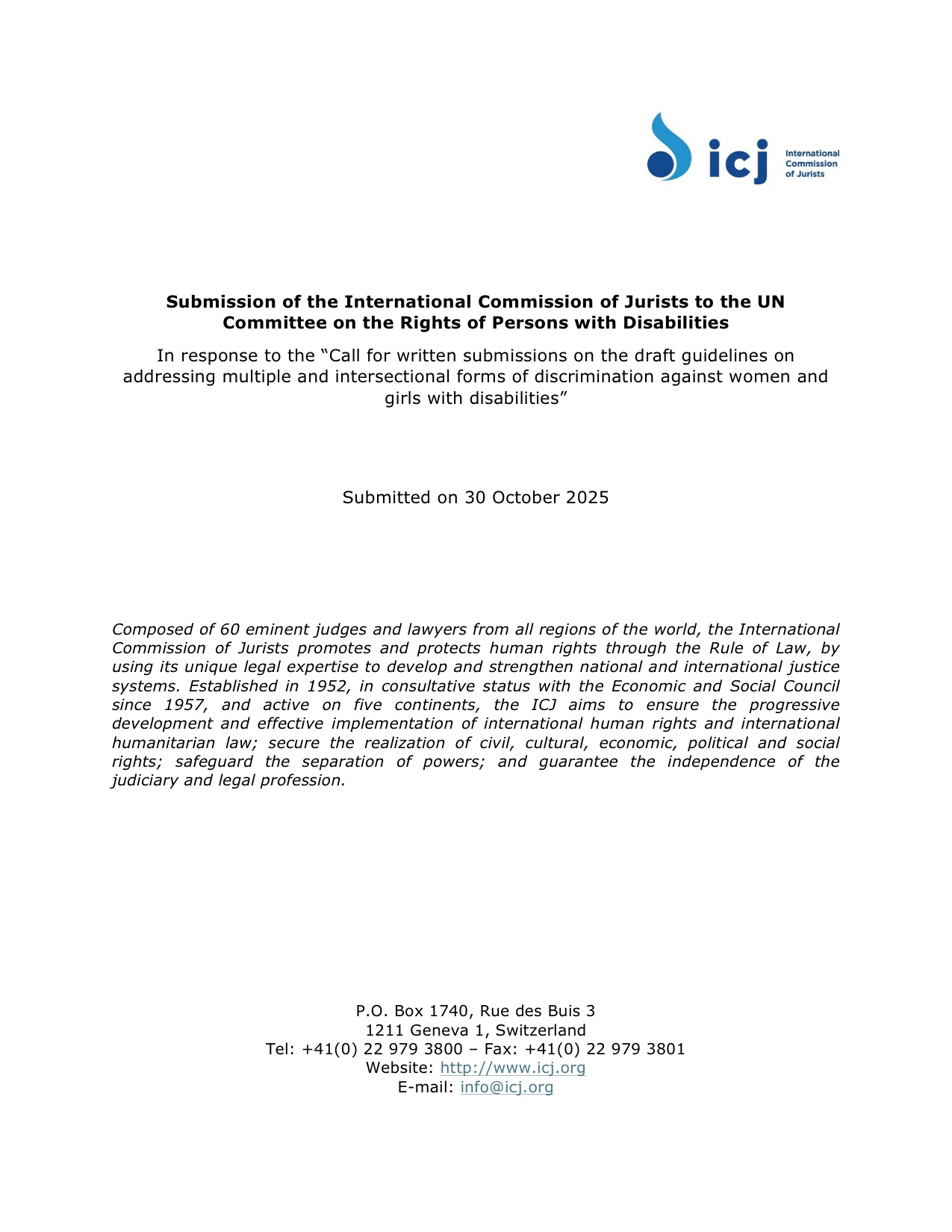PH Design and Construction Unveils Eco-Friendly Building Initiative, Setting New Sustainability Standard – The Palm Beach Post

Report on PH Design and Construction’s Strategic Initiative for Sustainable Development
Introduction: Aligning Construction Practices with Global Goals
PH Design and Construction has announced a strategic initiative to integrate eco-friendly building techniques and sustainable practices into its core operations. This initiative directly aligns the company’s business model with several United Nations Sustainable Development Goals (SDGs), reflecting a commitment to environmental stewardship and responsible industrial innovation. The program focuses on implementing energy-efficient methods and waste-reduction strategies across all projects, including custom home construction, remodeling, and home additions, thereby embedding sustainability into its established reputation for quality.
Advancing Sustainable Cities and Communities (SDG 11)
The company’s initiative makes a direct contribution to SDG 11, which aims to make cities and human settlements inclusive, safe, resilient, and sustainable. By focusing on high-quality, durable construction, PH Design and Construction enhances the longevity and resilience of housing infrastructure. Their comprehensive services support this goal through:
- New Construction Homes: Building new residential properties, including ranch and two-story floor plans, with sustainability principles integrated from the ground up.
- Home Remodeling: Upgrading existing structures such as basements, bathrooms, and kitchens to higher standards of energy efficiency and material sustainability.
- Additions and In-Law Suites: Expanding living spaces in a manner that is both functional and environmentally conscious, promoting efficient use of land and resources.
Commitment to Responsible Consumption and Production (SDG 12)
A key pillar of the initiative is its alignment with SDG 12, which promotes sustainable consumption and production patterns. PH Design and Construction is operationalizing this goal by transforming its supply chain and construction processes. Key measures include:
- Utilization of Recycled Materials: Incorporating recycled and reclaimed materials into building projects to reduce demand for virgin resources.
- Waste Reduction: Employing construction methods specifically designed to minimize material waste and promote a circular economy.
- Local Sourcing: Partnering with local suppliers to procure materials, which reduces the carbon footprint associated with transportation and supports the local economy.
As stated by company representative Aaron Phillips, this shift is a response to growing client awareness and a sense of corporate responsibility to offer solutions that are both high-quality and environmentally conscious.
Driving Innovation, Clean Energy, and Climate Action (SDG 7, 9, & 13)
The initiative also addresses goals related to infrastructure, energy, and climate. By adopting modern, sustainable technologies, the company contributes to SDG 9 (Industry, Innovation, and Infrastructure). The specific focus on integrating renewable energy sources into projects directly supports SDG 7 (Affordable and Clean Energy). Furthermore, the strategy to reduce carbon footprints through localized supply chains and energy-efficient building envelopes is a tangible contribution to SDG 13 (Climate Action).
Fostering Partnerships for the Goals (SDG 17)
In line with SDG 17, PH Design and Construction is actively fostering partnerships to achieve its sustainability objectives. The company emphasizes a collaborative approach by engaging in two-way communication with clients and the community via social media platforms. Feedback gathered from client reviews is considered an invaluable resource for shaping project approaches and refining sustainable practices. This stakeholder engagement ensures that the company’s evolution is transparent and responsive to community and client expectations, turning environmental responsibility into a shared, standard practice.
Conclusion
PH Design and Construction’s initiative marks a significant evolution of its operational philosophy, integrating sustainability as a core component of its identity. This strategic pivot not only addresses contemporary environmental challenges and consumer demands but also sets a benchmark for the construction industry. By systematically aligning its practices with the Sustainable Development Goals, the company reinforces its commitment to quality and innovation while actively contributing to a more sustainable and resilient future.
Which SDGs are addressed or connected to the issues highlighted in the article?
- SDG 7: Affordable and Clean Energy – The article mentions the company’s initiative to “use materials and methods that help save energy” and incorporate “renewable energy in their projects.”
- SDG 9: Industry, Innovation, and Infrastructure – The focus on “eco-friendly building techniques,” “sustainable construction practices,” and adopting new methods reflects an upgrade of industry processes towards sustainability.
- SDG 11: Sustainable Cities and Communities – The article discusses sustainable practices in the construction of homes and communities, aiming to reduce the environmental impact of buildings through waste reduction and energy savings.
- SDG 12: Responsible Consumption and Production – The initiative is centered on changing production patterns in the construction industry by using “recycled materials,” aiming to “cut down on waste,” and working with “local suppliers to lower carbon footprints.”
- SDG 13: Climate Action – By committing to “lower carbon footprints,” use “renewable energy,” and “save energy,” the company is taking direct action to mitigate climate change.
What specific targets under those SDGs can be identified based on the article’s content?
-
SDG 7: Affordable and Clean Energy
- Target 7.2: Increase substantially the share of renewable energy in the global energy mix. The article directly supports this by stating a key part of the initiative is “using… renewable energy in their projects.”
- Target 7.3: Double the global rate of improvement in energy efficiency. This is addressed through the company’s plan to use “materials and methods that help save energy.”
-
SDG 9: Industry, Innovation, and Infrastructure
- Target 9.4: Upgrade infrastructure and retrofit industries to make them sustainable, with increased resource-use efficiency and greater adoption of clean and environmentally sound technologies. The entire initiative described, focusing on “eco-friendly building techniques and sustainable construction practices,” is an example of a company retrofitting its industrial processes to be more sustainable.
-
SDG 11: Sustainable Cities and Communities
- Target 11.6: Reduce the adverse per capita environmental impact of cities, including by paying special attention to air quality and municipal and other waste management. The company’s commitment to “cut down on waste” and “reducing its impact on the environment” within its construction projects contributes directly to this target.
-
SDG 12: Responsible Consumption and Production
- Target 12.2: Achieve the sustainable management and efficient use of natural resources. This is reflected in the company’s decision to use “recycled materials.”
- Target 12.5: Substantially reduce waste generation through prevention, reduction, recycling and reuse. The article highlights the company’s goal to “cut down on waste” and its use of “recycled materials” as a core part of its new strategy.
-
SDG 13: Climate Action
- Target 13.3: Improve education, awareness-raising and human and institutional capacity on climate change mitigation. The article notes, “Our clients are becoming more aware of the environmental challenges we face… we believe it’s our responsibility to lead by example.” This shows the company is actively raising awareness and building its capacity to address climate issues.
Are there any indicators mentioned or implied in the article that can be used to measure progress towards the identified targets?
-
For SDG 7 (Affordable and Clean Energy)
- Implied Indicator: The proportion of projects incorporating renewable energy sources. The article states the company will be “using… renewable energy in their projects.”
- Implied Indicator: The adoption rate of energy-saving materials and methods in construction. This is based on the commitment to “use materials and methods that help save energy.”
-
For SDG 9 (Industry, Innovation and Infrastructure)
- Implied Indicator: The number of construction projects utilizing “eco-friendly building techniques and sustainable construction practices.”
-
For SDG 11 (Sustainable Cities and Communities)
- Implied Indicator: The volume of construction waste reduced or diverted from landfills. This is implied by the goal to “cut down on waste.”
-
For SDG 12 (Responsible Consumption and Production)
- Implied Indicator: The percentage of recycled materials used in construction projects. The article explicitly mentions “using recycled materials” as a key part of the initiative.
- Implied Indicator: The number of partnerships with local suppliers. This is mentioned as a strategy for “lower[ing] carbon footprints.”
-
For SDG 13 (Climate Action)
- Implied Indicator: Reduction in carbon footprint per project. This is a direct measure of the stated goal to “lower carbon footprints.”
- Implied Indicator: Client and community engagement on sustainability topics. The article points to the “PH Design and Construction Facebook page” as a platform for “two-way communication” and feedback, which can be monitored.
Table of SDGs, Targets, and Indicators
| SDGs | Targets | Indicators Identified in the Article |
|---|---|---|
| SDG 7: Affordable and Clean Energy | 7.2: Increase the share of renewable energy. 7.3: Improve energy efficiency. |
– Use of renewable energy in projects. – Implementation of energy-saving materials and methods. |
| SDG 9: Industry, Innovation, and Infrastructure | 9.4: Upgrade industries to make them sustainable and adopt clean technologies. | – Adoption of eco-friendly building techniques and sustainable practices. |
| SDG 11: Sustainable Cities and Communities | 11.6: Reduce the environmental impact of cities, focusing on waste management. | – Reduction in the volume of construction waste generated. |
| SDG 12: Responsible Consumption and Production | 12.2: Achieve sustainable management and efficient use of natural resources. 12.5: Substantially reduce waste generation. |
– Percentage of recycled materials used in projects. – Reduction in overall waste generation. – Number of local suppliers engaged to lower carbon footprint. |
| SDG 13: Climate Action | 13.3: Improve education and awareness-raising on climate change mitigation. | – Reduction in carbon footprint per project. – Client and community engagement on sustainability via social media. |
Source: palmbeachpost.com

What is Your Reaction?
 Like
0
Like
0
 Dislike
0
Dislike
0
 Love
0
Love
0
 Funny
0
Funny
0
 Angry
0
Angry
0
 Sad
0
Sad
0
 Wow
0
Wow
0


















-1920w.png?#)






















;Resize=805#)



































